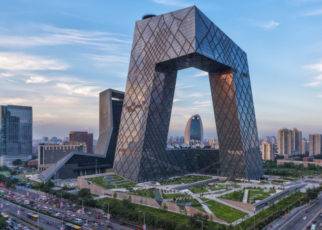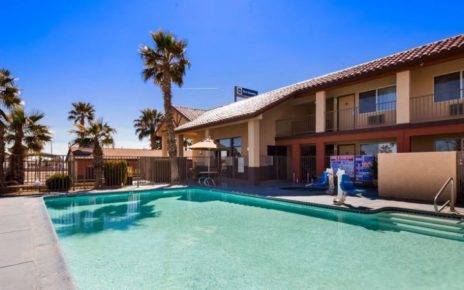No first time visit to Beijing would be complete without a stop at The Forbidden City and Tiananmen Square. This is the best place to start a first day in Beijing, due to the social and political influence the place has exerted throughout China’s history.
The largest city square in the world, Tiananmen is synonymous with some of China’s most historic moments, not least of which was the widely publicised uprising in 1989, whose tragic events captured the world’s attention at a time in which China was struggling to come to terms with its new political and social climate.
The Tiananmen gate of the Forbidden City which overlooks the square is one of China’s most emblematic icons, replete with its iconic Mao Zedong portrait that is flanked by giant placards extolling the prosperity of both the Chinese republic and the world at large. Recently restored, the gate is impressive both by day and night, when it is illuminated and continues to attract the crowds.
As with the majority of China’s attractions, the sheer size and scale of the gate and the square it overlooks inspires awe. Nearby, lesser attractions of the National Museum (bested by the Shanghai Museum in Shanghai) and The Chairman Mao Memorial Hall, both located opposite Tiananmen gate, can be skipped if time is an issue, but for those who choose to devote the day to the area in around Tiananmen they make for worthwhile diversions.
By day or night, this area is one of the busiest tourist places in Beijing, and at times the balance between tourists and touts can seem precarious. A fixed smile and confident air are highly recommended to avoid being bothered.
The Tiananmen gate is also the main entry point to the outer area of the Forbidden City.
The Forbidden City: Beijing’s Former Imperial Palace
The Forbidden City (Gu Gong), is so expansive, that a few hours at the very least need to be put aside to properly enjoy it, if not the recommended half day.
As at many of the world’s best attractions, a range of audio and personal guides are available, and for those wanting to get the most of the visit, this is a highly recommended option.
For visitors looking for a more personalised guide to help them enjoy the site, there are a variety of websites offering a free matching service with local expats and guides. One of the better options is via Hi Everywhere, where travellers can search for people with similar interests who might be available as guides on the day of visit.
For those who prefer to go at their own pace, a brochure is included with entry, however the Palace Museum’s (as the site is now known) comprehensive website should be visited beforehand. Special note should be made that additional entry fees are payable to The Hall of Clocks and the Treasure Gallery.
Due to the sheer scale of the site, and the complexity of its rooms, parts of the museum are closed to visitors or are currently undergoing restoration.
Take A Break In An Imperial Garden
After exiting the Forbidden City, a short walk or taxi ride leads to Beihai Park. It’s the perfect antidote to a day being enclosed by walls and anti-chambers. Set over 69 acres, Beihai Park was once an imperial garden, and is a popular summer location for locals to enjoy respite from the heat. A walking path which circles the island makes for a lovely stroll, and the garden is home to a number of significant attractions, including a stupa which sits at the very top. The dense lotus plantations which fill much of the moat are particularly beautiful in the warmer months and offer a great view to stop and enjoy a cold drink or ice treat.
As With Any Area of Beijing Great Food and Shopping are Not Far Off!
Backtracking to the Tiananmen area, a short walk along Dong Chang’an Jie leads to Oriental Plaza, one of Beijing’s more impressive modern shopping centres. Its food court features restaurants with English menus for travellers who are not able to speak Mandarin.
Nearby off Wangfujing Dajie street, amongst the souvenir markets is the Wangfujing Xiaochi Jie (Small Eats Street) where popular street food stalls offer conventional fried meats side by side with more exotic fried fare such as seahorses and scorpions. A photographic if not a culinary treat for the less adventurous. This area comes alive by night, when locals and tourists throng the streets lined with a combination of Chinese and Western stores, hotels and restaurants.
Tiananmen and Wangfujing subway stations offer the best access to this area of Beijing, with Beihai Park a short walk away.
Discover more from Thenewsdoor
Subscribe to get the latest posts sent to your email.





